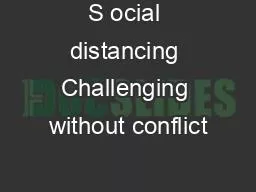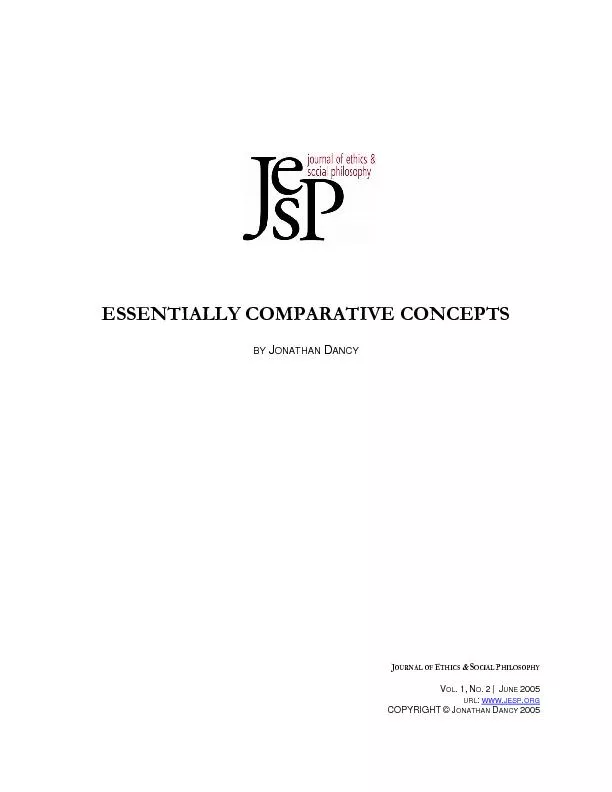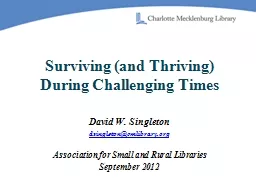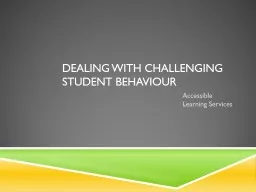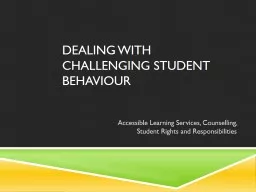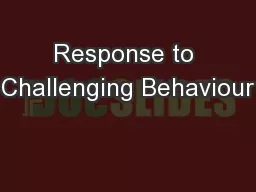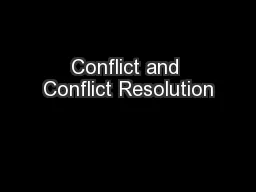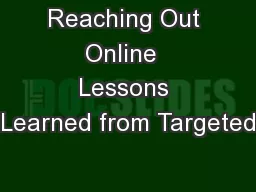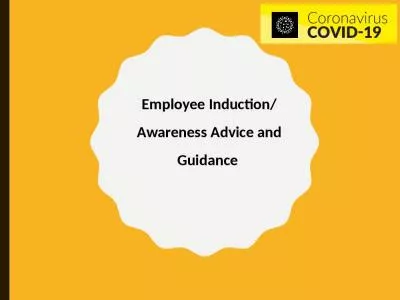PPT-S ocial distancing Challenging without conflict
Author : laobeast | Published Date : 2020-08-27
Antisocial distancing c hallenging without conflict Lit searches Google Scholar Ovid Medline Science Direct Conflict avoidance in the workplace Conflict resolution
Presentation Embed Code
Download Presentation
Download Presentation The PPT/PDF document "S ocial distancing Challenging without c..." is the property of its rightful owner. Permission is granted to download and print the materials on this website for personal, non-commercial use only, and to display it on your personal computer provided you do not modify the materials and that you retain all copyright notices contained in the materials. By downloading content from our website, you accept the terms of this agreement.
S ocial distancing Challenging without conflict: Transcript
Download Rules Of Document
"S ocial distancing Challenging without conflict"The content belongs to its owner. You may download and print it for personal use, without modification, and keep all copyright notices. By downloading, you agree to these terms.
Related Documents

